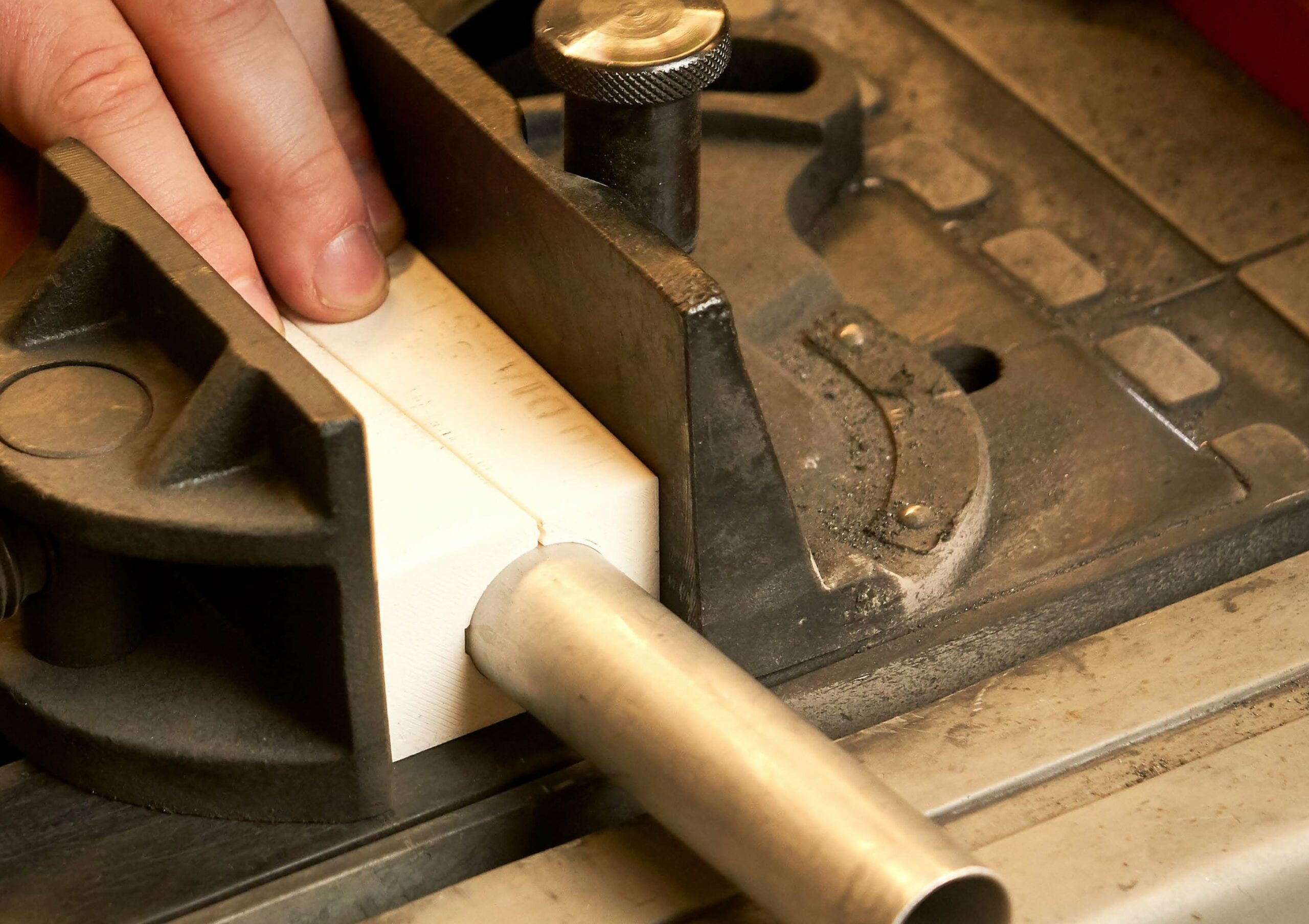Fused Deposition Modeling (FDM) printing has revolutionised the manufacturing landscape. Among the pioneers in this field, Stratasys has been pushing the boundaries of 3D printing for over three decades. In this article, we’ll explore the world of FDM printing, its applications, industries, and unique qualities that set it apart.
What is FDM printing?
FDM printing involves the precise deposition of thermoplastic material layer-by-layer, to create complex and intricate objects. Stratasys, a global leader in 3D printing, specialises in delivering state-of-the-art FDM printers designed to cater to a variety of industries. By offering unparalleled accuracy, reliability, and repeatability, Stratasys FDM printers empower businesses to embrace the full potential of additive manufacturing.
Why FDM is more precise than other 3D printing methods
Fused Deposition Modelling (FDM) 3D printing is often considered to be more precise than
other 3D printing methods for multiple reasons:
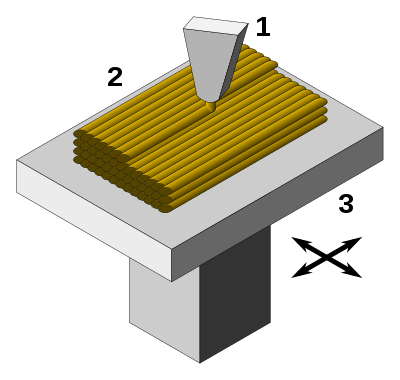
Layer resolution
FDM 3D printers can create layers as thin as 0.05mm, allowing for high precision in the vertical direction. Combined with heated build chambers to reliably print everytime.
Material control
FDM printers use a nozzle to extrude thermoplastic material in a precise manner. The speed of extrusion, the temperature of the material, and the flow rate can all be carefully controlled to ensure accurate and consistent printing.
Mechanical stability
FDM 3D printers typically have a sturdy frame and a fixed build platform, which helps to prevent movement during printing. This can reduce the chance of errors and produce more precise prints.
Software optimisation
GrabCAD Print can optimise the printing process to reduce the risk of errors and improve precision. This includes adjusting the print speed and temperature on the material being used.
How does FDM work?
1
Preparing the printer
The printer must be prepared with the correct material and the correct settings, such as the temperature and the build plate calibration.
2
Printing the object
The printer heats the thermoplastic material to its melting point and extrudes it through a nozzle onto the build plate, layer by layer, following the 3D model. The nozzle moves in the X, Y and Z-axis to create the object.
3
Cooling and solidifying
As each layer is extruded, it quickly cools and solidifies, fusing with the previous layers to create a solid and cohesive object.
4
Post-processing
Once the printing is complete, the object can be removed from the build plate and any support structures can be removed. Post-processing can also include sanding, painting, or any other desired finishing touches.
Materials that stand up to stress testing
While ABS and PLA have been a go-to for manufacturers who value a combination of speed, quality and mechanical properties, the marketplace today is stocked with FDM materials from Stratasys that are redefining the future. Now, engineers and manufacturers are tasked with prioritising rather than compromising, ordering the properties below that are most important to their process, part or product.
FDM materials offer exceptional visual quality, ease of printing, heat resistance, impact resistance, chemical resistance, flexibility, isotropy and bio-compatibility. This makes them ideal for use in industries such as aerospace, automotive, medical, and consumer goods, where functional prototypes and end-use parts need to be both robust and reliable.
Stratasys FDM printers are capable of producing parts with high strength-to-weight ratios, making them ideal for applications where weight reduction is critical. With a range of FDM printers and materials to choose from, businesses can find the perfect solution for their specific needs, whether it’s producing complex parts with tight tolerances or creating large-scale models quickly and cost-effectively.
Benefits of FDM materials
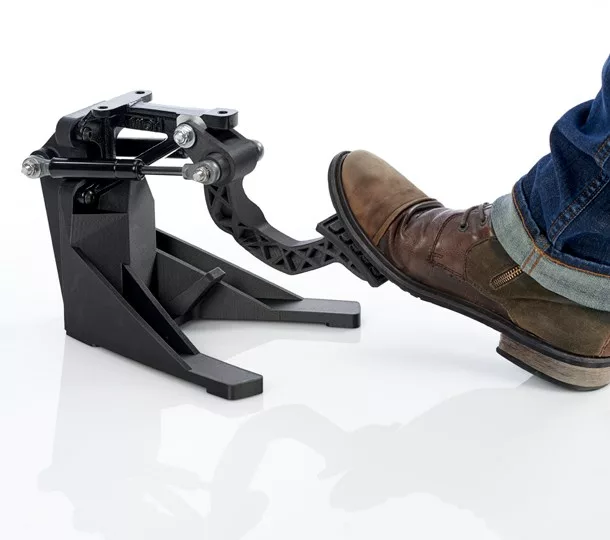
Visual quality
Ease of printing
Refers to the ease of use and convenience of the material for printing, including properties such as low viscosity, good adhesion to the build plate, and minimal warping or deformation.
Heat resistance
The ability of the material to withstand high temperatures without deformation or degradation, and includes properties such as high glass transition temperature (Tg) and low coefficient of thermal expansion (CTE).
Impact Resistance
The ability of the material to resist deformation or breakage when subjected to impact or stress, and includes properties such as high toughness, strength, and ductility.
Chemical Resistance
Ability of the material to resist damage or degradation when exposed to chemicals or other corrosive substances, and includes properties such as resistance to acids, alkalis, and solvents.
Flexibility
Refers to the ability of the material to bend or deform without breaking, and includes properties such as low modulus of elasticity, high elongation, and low brittleness.
isotropy
Refers to the uniformity of the material’s properties in all directions, and includes properties such as uniform shrinkage, consistent mechanical properties, and minimal anisotropy.
Bio-compatibility
Use safely in contact with living tissue or organisms, and includes properties such as non-toxicity, non-carcinogenicity, and non-immunogenicity.
Each material is graded against a number of categories, giving you full confidence in the mechanical performance, visual quality and productivity of your chosen material. Below are just a few Stratasys materials that are revolutionising the industry today, be it by creating functional prototypes, workholdings or production grade parts.
The best of FDM materials
The Welterweight
Nylon 12 Carbon Fibre
Lightweight yet high-strength
Nylon 12 Carbon Fibre is a high-performance thermoplastic composite material that combines the strength and durability of Nylon 12 with the rigidity and stiffness of carbon fibre. This material is ideal for creating lightweight and high-strength parts with excellent dimensional stability, thermal and chemical resistance. It has low viscosity which makes it easy to print with. Applications include aerospace, automotive, and sporting goods.
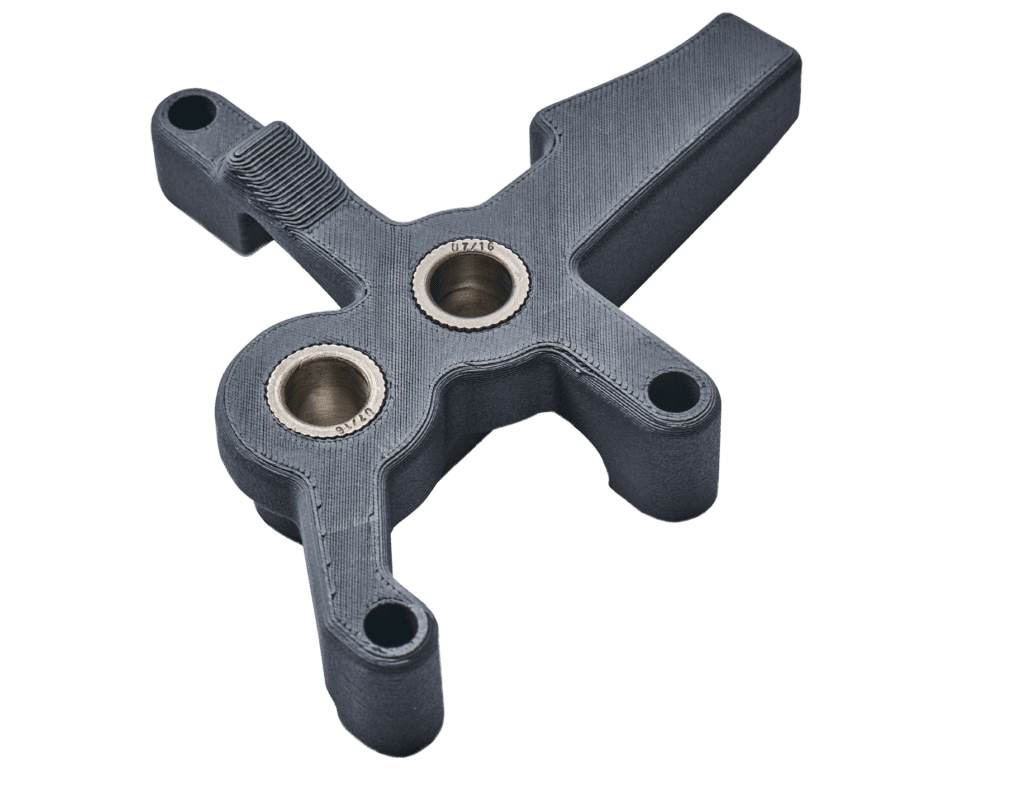
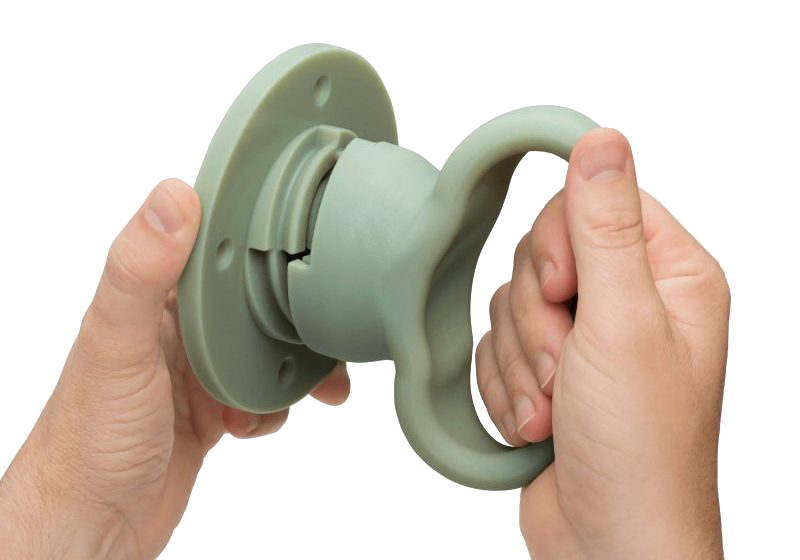
The Workhorse
ABS Plus
High-impact resistance & durability
ABS Plus is a thermoplastic polymer that is widely used in 3D printing due to its excellent mechanical properties, such as high impact resistance, toughness, and durability. It has good heat resistance and can withstand temperatures up to 85°C. It is also easy to print with, has good layer adhesion and offers a smooth finish. Applications include automotive, consumer goods, and industrial parts.
The Popular One
Polylactic Acid (PLA)
Easy, low viscosity 3D printing
Polylactic Acid (PLA) is a biodegradable thermoplastic material made from renewable resources, such as corn starch or sugarcane. It is a popular choice for 3D printing due to its low viscosity, ease of printing, and low shrinkage. It has good mechanical properties, such as high strength and stiffness, but is not as impact-resistant as ABS or Nylon. PLA is commonly used for creating prototypes, toys, and decorations.
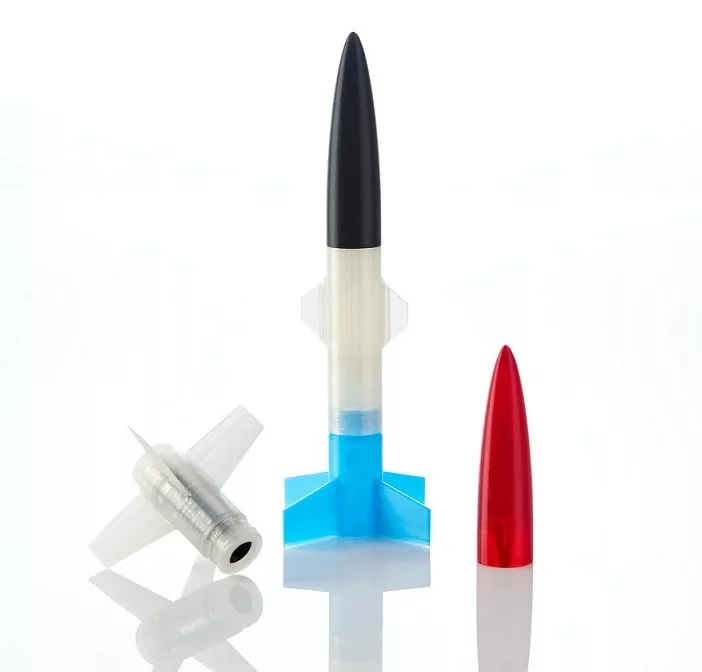
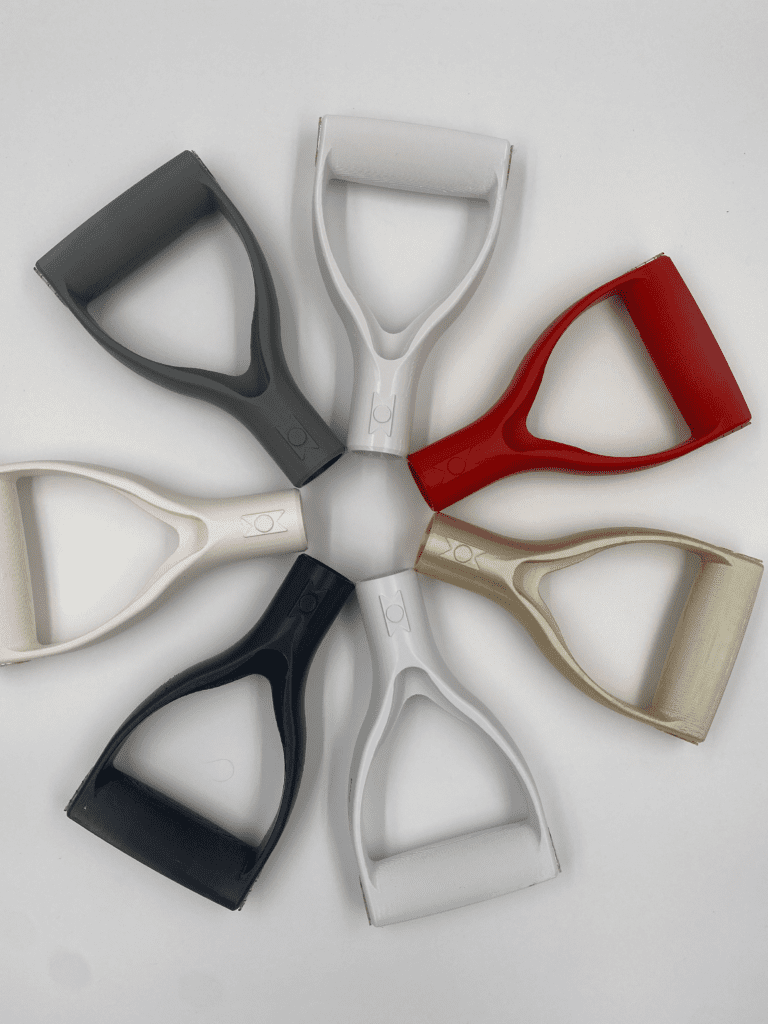
The ULTEM-ate Material
Ultem 9085 Resin
High strength and stiffness
Ultem 9085 resin is a high-performance thermoplastic material that offers excellent mechanical, thermal, and chemical properties. It has high strength and stiffness, excellent heat resistance (up to 155°C), and is flame-retardant. Ultem 9085 has good dimensional stability, low moisture absorption, and excellent chemical resistance to acids, bases, and solvents. It is commonly used in aerospace, automotive, and medical applications.

